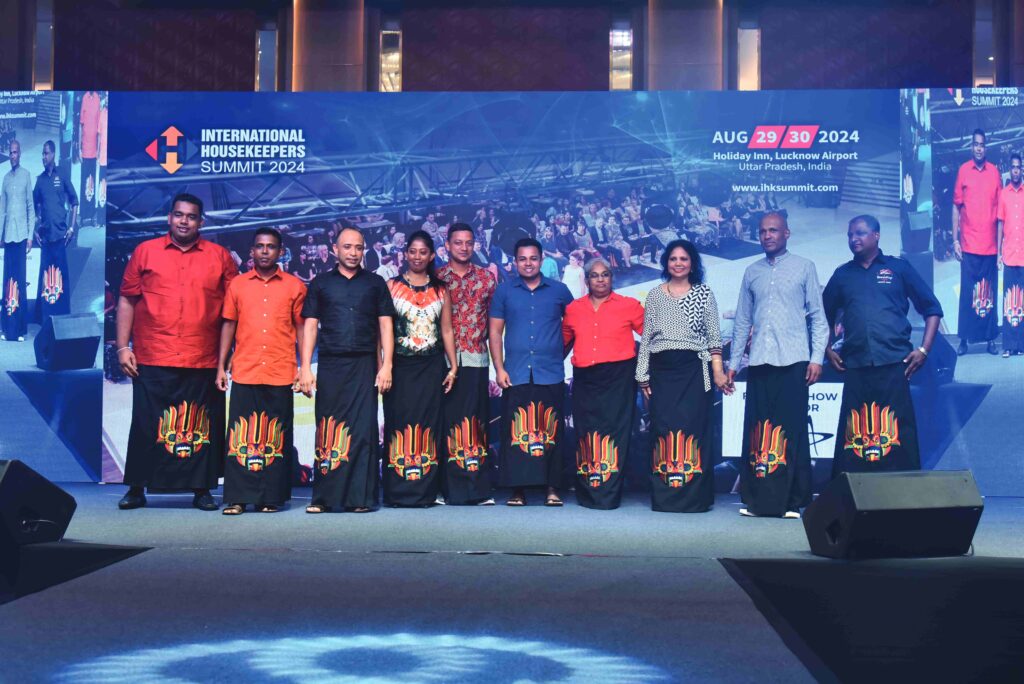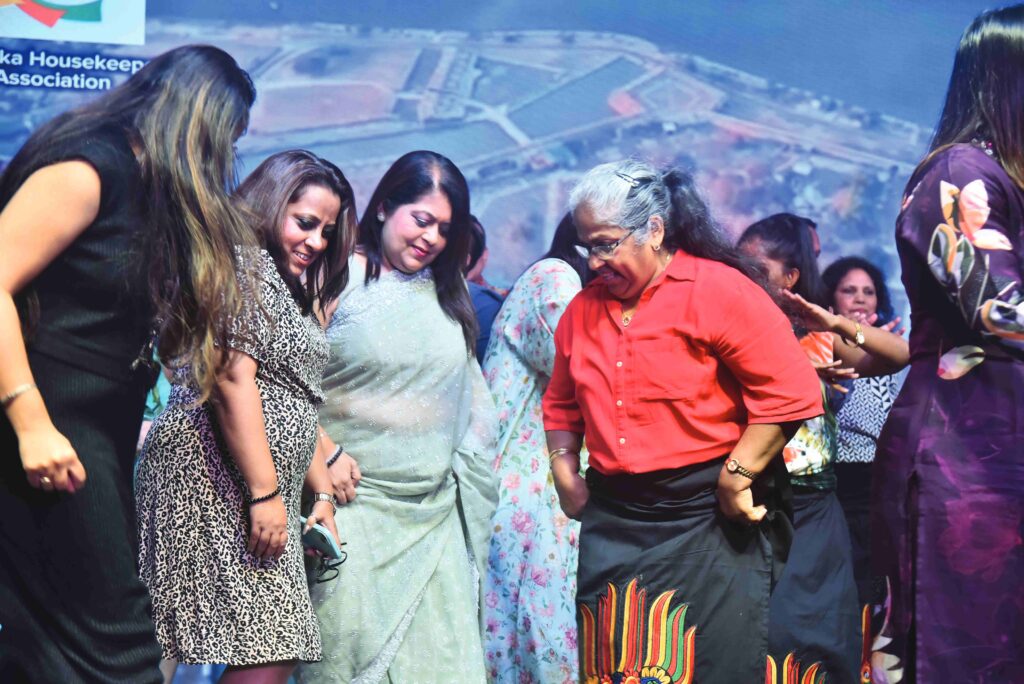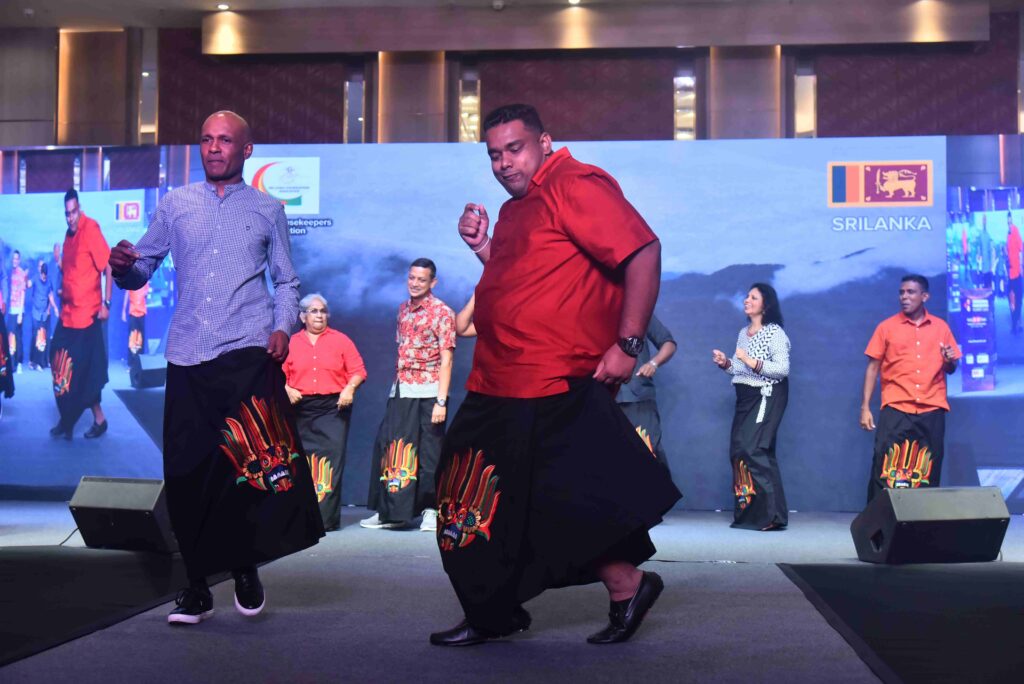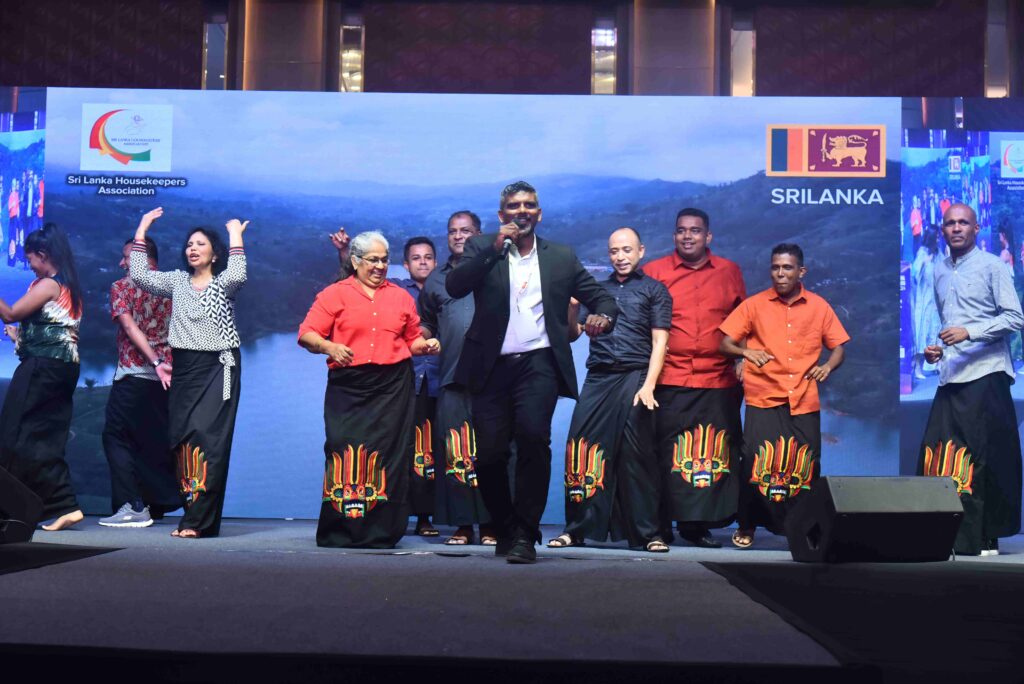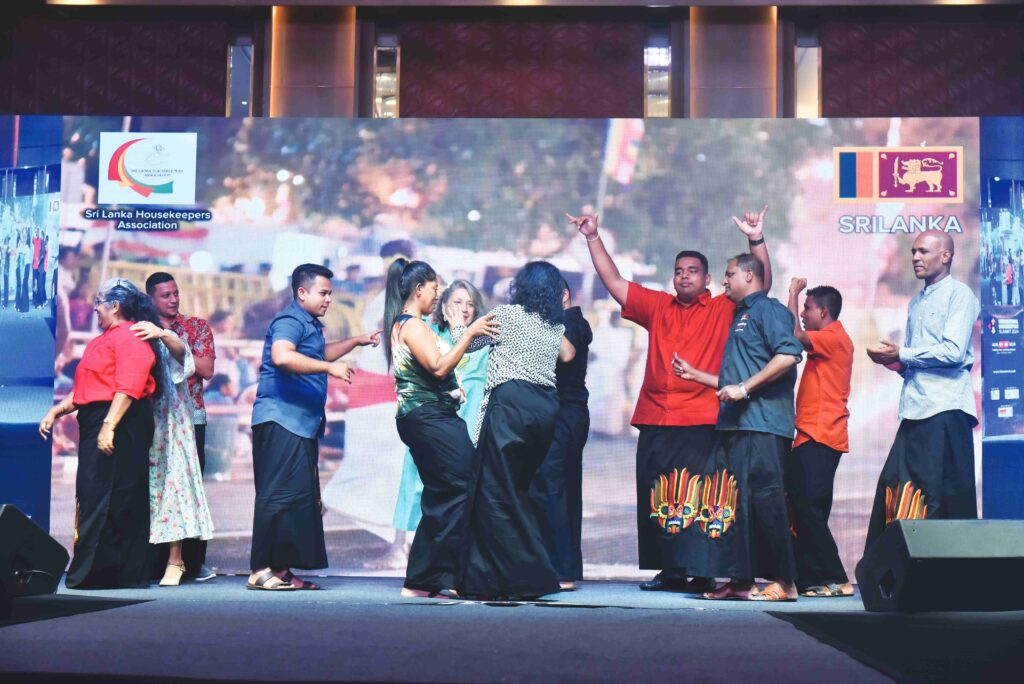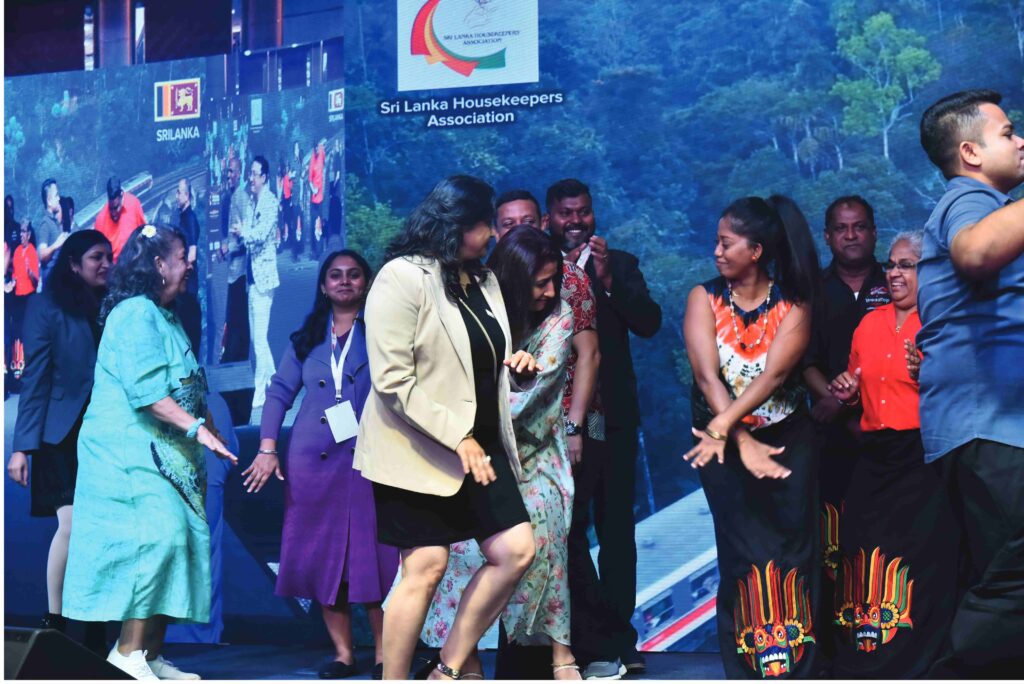The Rhythms of Baila Dance A Unique Fusion of Sri Lankan Culture
Baila, a vibrant and rhythmic form of dance music, has deep roots in Sri Lanka’s colonial history. Originating among Portuguese fishermen and African slaves during the colonial period, this energetic genre has evolved into an integral part of Sri Lankan cultural identity. With its lively beats and contagious rhythms, Baila has transcended generations, becoming a beloved staple at celebrations, weddings, and gatherings.
Today, modern Baila is embraced by Sri Lankan communities across the globe, where its lively tunes continue to bring people together, and blending tradition with contemporary influences. Whether at home or abroad, Baila unites Sri Lankans through the universal language of music and dance, celebrating the enduring spirit of joy and togetherness.
The aesthetic Baila dance costumes were designed by Kanthi Rubesinghe and created by Seylin- Sri Lanka.
